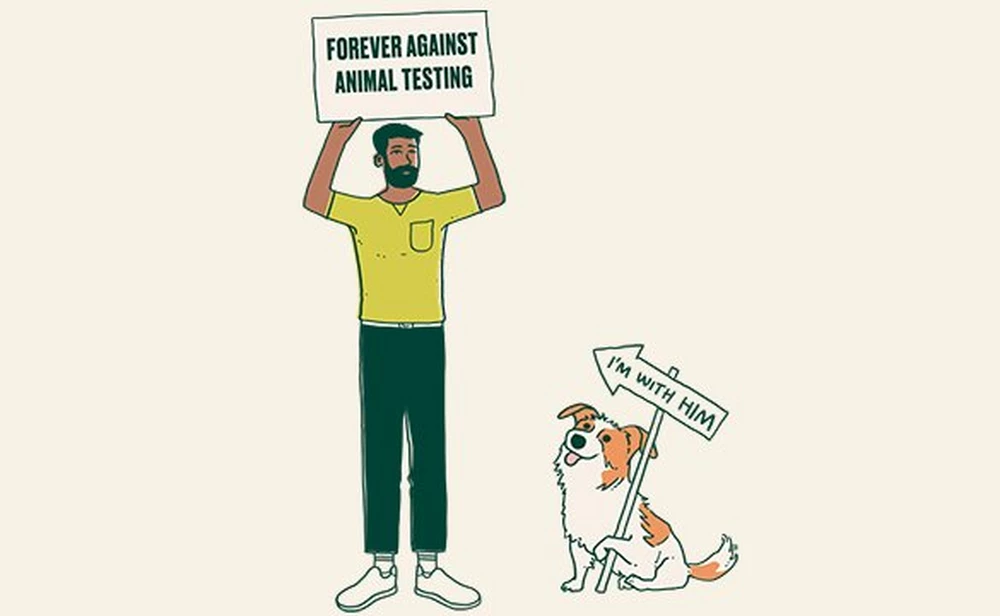
WHAT WE’VE ACHIEVED SO FAR
On October 4th 2018, World Animal Day, The Body Shop and Cruelty Free International took 8.3 million signatures against cosmetic animal testing to the United Nations Headquarters in New York City, to create a global framework to end animal testing while advancing the United Nations’ sustainable development agenda.
The celebration of these signatures is a culmination of more than 30 years of advocacy between The Body Shop, the first international beauty brand to campaign against animal testing in cosmetics, and our long-time campaign partner, Cruelty Free International, the first global, non-profit organisation dedicated to ending cosmetic product and ingredient testing on animals. The joint effort is the most ambitious campaign ever against cosmetic animal testing, and serves as a model to inspire action from businesses, governments and citizens.
The petition signatures, collected from supporters around the world in just 15 months, call on the countries of the UN to formalize an international framework to end cosmetic animal testing, everywhere and forever.

HOW WE TEST OUR PRODUCTS
Our products undergo extensive testing to ensure they’re safe, effective and animal-friendly. We use three main testing methods involving computer data and laboratory-created tissues. All cosmetics companies can adopt these kinds of animal-friendly testing methods.
In-silico (computer-based) analysis uses readily available, existing data to help us to assess the suitability of similar materials through extrapolation.
Laboratory-produced skin is grown from human skin cells. It allows us to conduct safety checks on cells that react in virtually the same way as human skin, without harming any people or animals.
Finally, to ensure good tolerance on people, we will often test our products using patch testing. This involves placing a very small amount of product on a person's skin to ensure that it is safe and effective, usually at the final stage of testing a new formula.
We will also carry out controlled user trials where people test our products for both skin compatibility and cosmetic effectiveness, under the supervision of medical experts when required.
